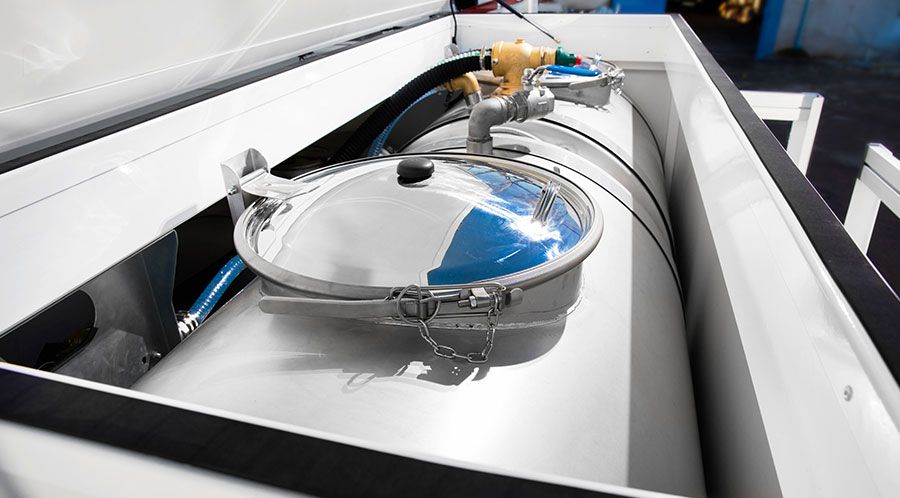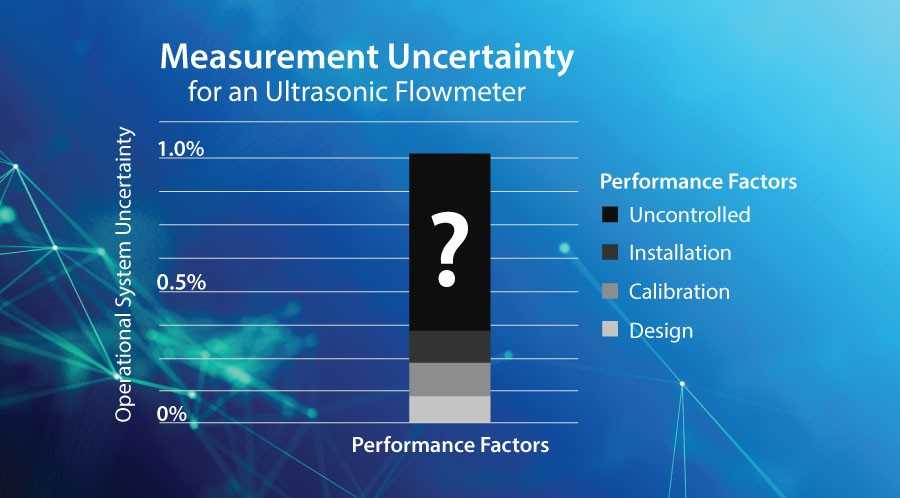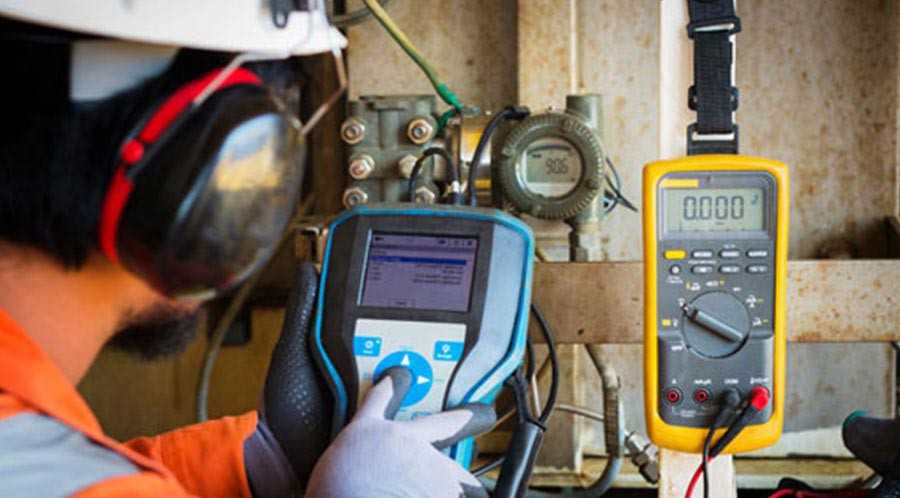
Flow and Level Measurement
Instrumentation technology has witnessed dramatic developments in past few decades. Numerous techniques have been researched and developed using various physical phenomena to fulfill demand of flow and level measurement of thousands of industrial process control applications and these advancements will continue to go on. However, stipulating a flow or level meter that can consistently perform satisfying all anticipated process conditions is still a complex and challenging task. Instrumentation technology has witnessed dramatic developments in past few decades. Numerous techniques have been researched and developed using various physical phenomena to fulfill demand of flow and level measurement of thousands of industrial process control applications and these advancements will continue to go on. However, stipulating a flow or level meter that can consistently perform satisfying all anticipated process conditions is still a complex and challenging task. Almost all the conventional flow and level meters used complex mechanical designs with multiple moving parts. Involvement of mechanical design naturally comes with wear-and-tear and thus additional maintenance cost. Automatically users prefer to avoid such mechanical and electromechanical instruments and opt for more robust electronic devices which have minimum or no moving parts. The base theory behind latest technology existed even back in a decade or two. But advancement in electronics, materials and manufacturing methods has improved the sustainability of products in rigorous environment and pre-integration of assemblies has made its installation easier. This is the main reason of growing popularity of latest flow meters such as Coriolis, ultrasonic and Vortex. Ultrasonic technology has widened its […]


